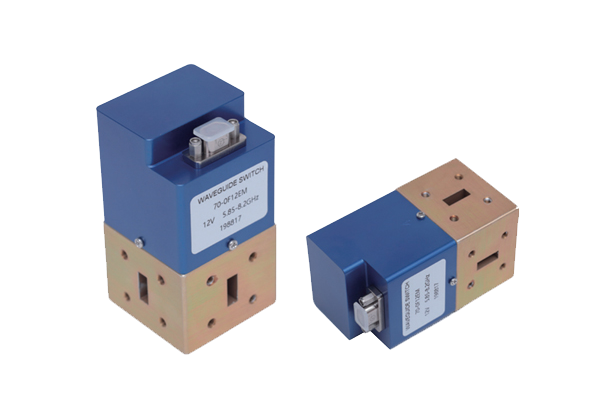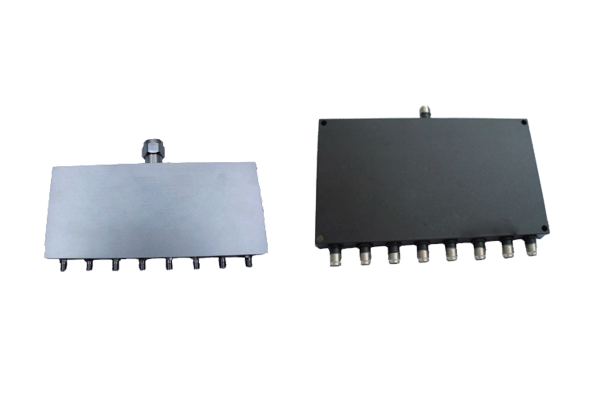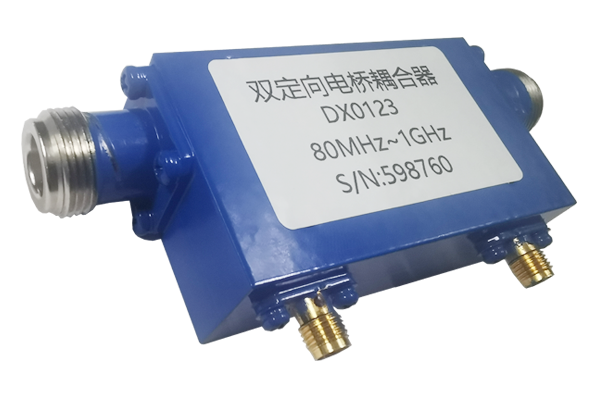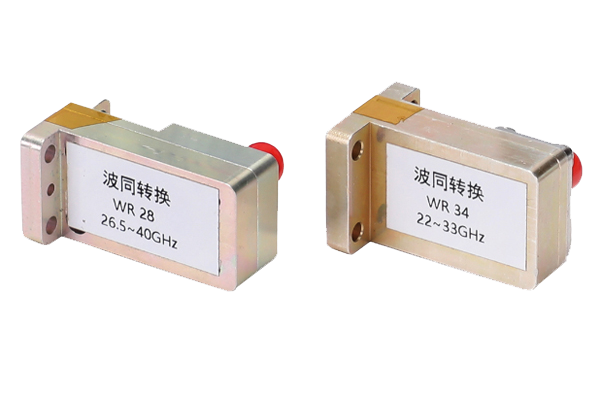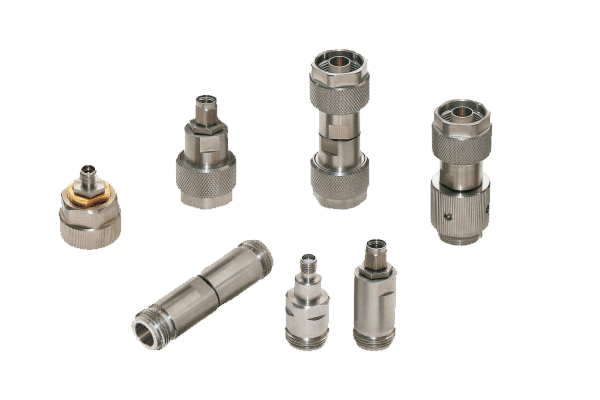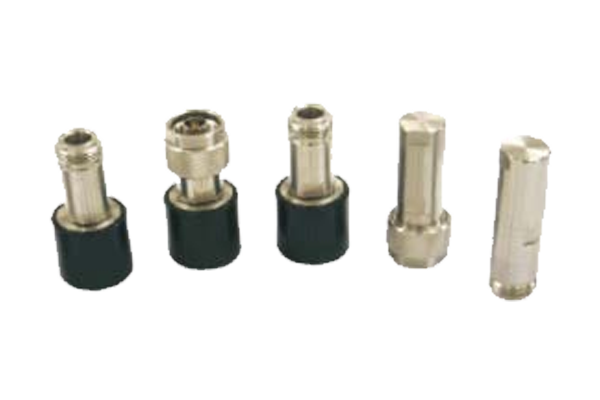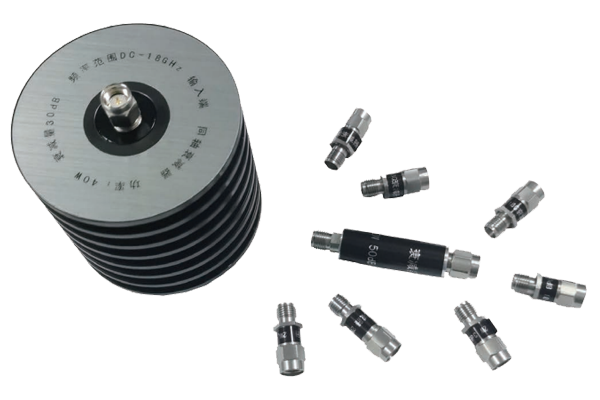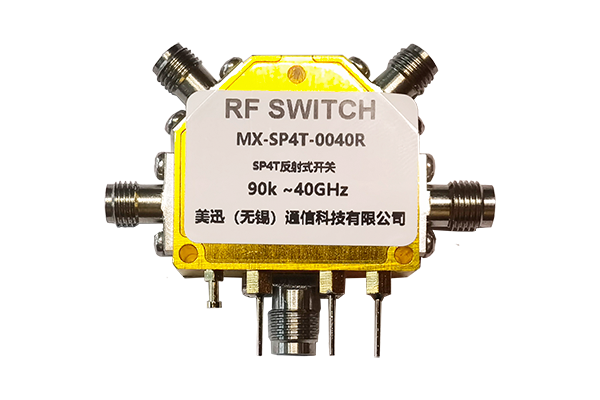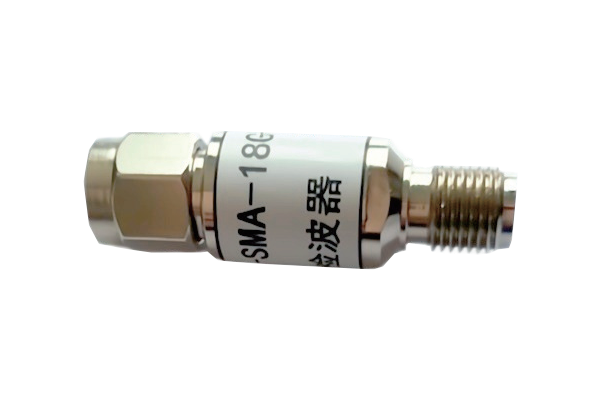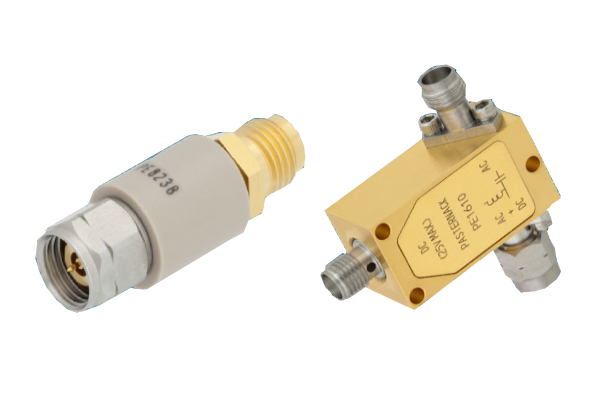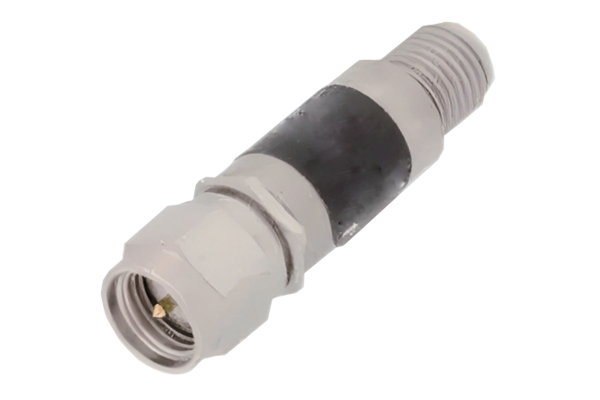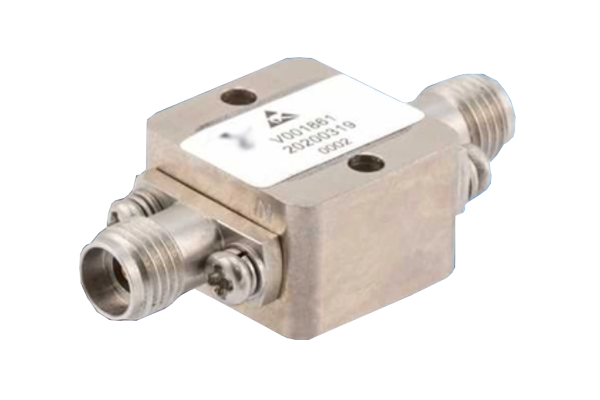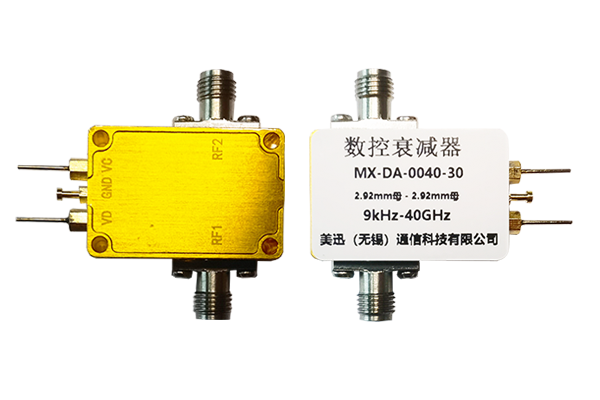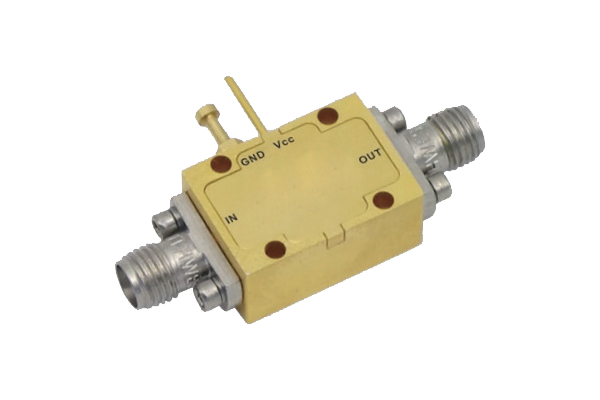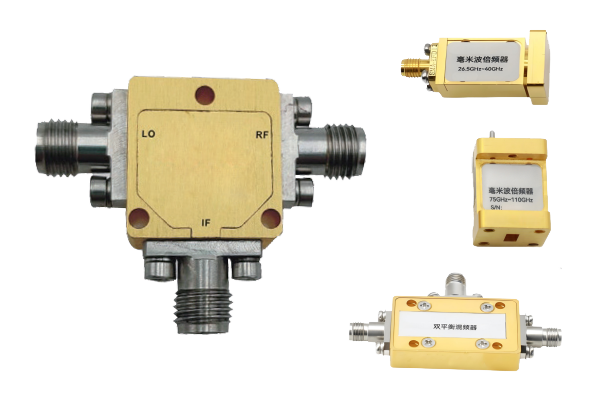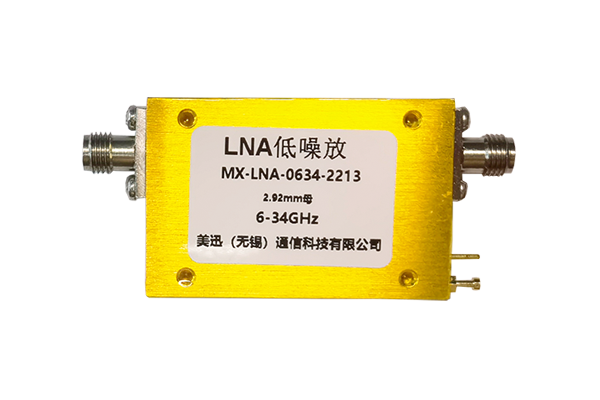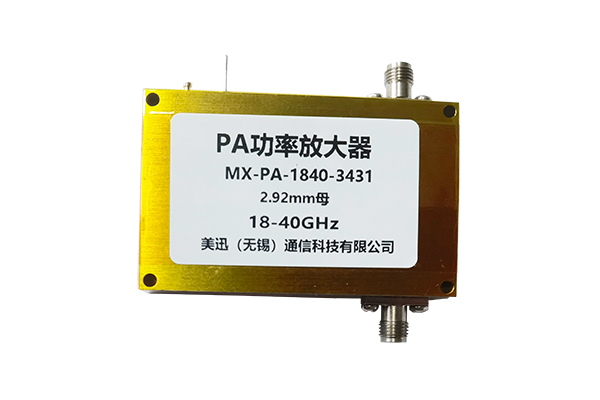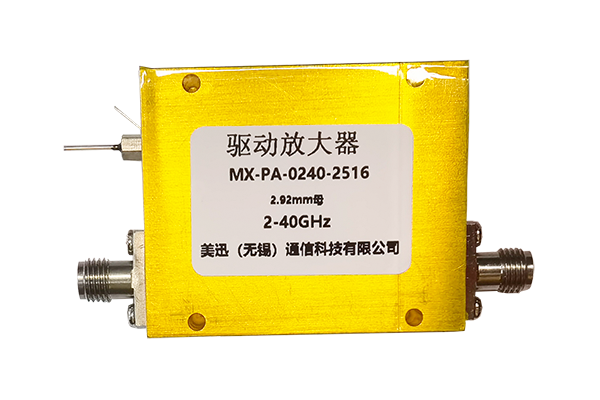How does a waveguide switch improve signal stability
Waveguide Switch Signal Stability Enhancement
A waveguide switch enhances signal stability through multiple targeted mechanisms, addressing key factors that often disrupt signal transmission—such as path inconsistency, external interference, environmental fluctuations, and operational instability.
Precise Signal Path Control
Waveguide switches ensure precise and consistent signal path control. Unlike traditional switching systems that may have loose connections or variable path lengths, waveguide switches are engineered with rigid, fixed-structure signal channels.
When switching between different paths, the switch minimizes variations in path length and alignment. This consistency prevents signal phase shifts or amplitude fluctuations that can occur when paths change, as the signal travels through uniformly designed channels each time.
EMI Resistance
Waveguide switches offer strong resistance to electromagnetic interference (EMI), a major threat to signal stability. The waveguide structure itself acts as a shield, containing electromagnetic energy within the switch and blocking external EMI from penetrating the signal path.
Many waveguide switches use materials with high EMI shielding properties, further isolating the signal from external electrical noise. This protection is particularly valuable in environments with dense electronic equipment—such as data centers or industrial facilities.
Environmental Adaptation
The switch adapts to environmental changes that might compromise signal quality. Harsh conditions like temperature fluctuations, humidity, or vibration can degrade signal transmission in less robust systems.
Waveguide switches are often built with durable materials and sealed designs that resist these environmental factors. Materials that maintain their structural integrity across wide temperature ranges prevent the switch's internal components from expanding or contracting excessively.
Stable Operational States
Waveguide switches support stable operational states through reliable switching mechanisms:
- Precision actuators or electronic controls that trigger smooth, repeatable switching actions
- Avoidance of sudden disruptions—such as signal drops or spikes—that can occur with less reliable switches
- Integration of feedback systems that monitor the switch's position and signal flow
- Real-time adjustments if deviations are detected
- Proactive monitoring and correction to ensure optimal performance over time
Overall Impact
These mechanisms work together to maintain consistent, reliable signal flow across various applications. By addressing path inconsistency, external interference, environmental fluctuations, and operational instability, waveguide switches provide a comprehensive solution for signal stability in critical communication systems.




